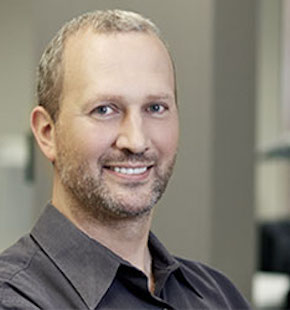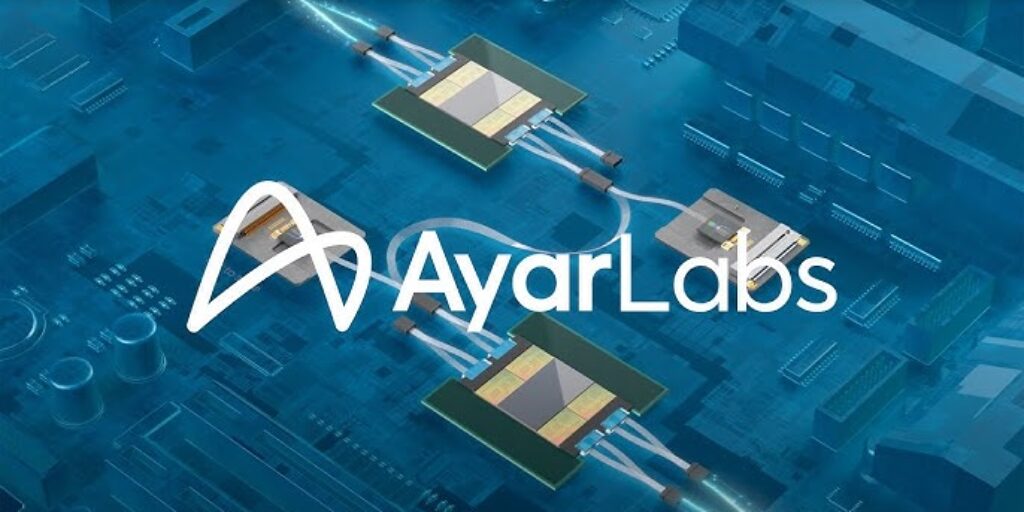
Mark Borodkin is Chief Operating Officer at Bionano Genomics, a genomics company focused on diagnostics of complex diseases.
In this Big Compute Podcast episode, Gabriel Broner hosts Mark Borodkin, COO of Bionano Genomics, to discuss how genomics and HPC enable doctors and researchers to diagnose complex diseases and prescribe unique personalized treatments based on individual variations of the DNA.
Advances in genomics and in high performance computing enable a new form of medicine. DNA variations point to the type of disease affecting a patient and they also point to the best possible treatment. Traditionally treatments have been prescribed based on the type of disease like “lung cancer” but only a fraction of patients would react positively. Variations in the DNA enable doctors to understand the particular type of cancer and the best course of action for treatment, as me move to a new form of personalized medicine.
One of the things we realized pretty early on as we researched the cloud. Is that we wanted to provide a solution to our researchers and clinicians that is easy to use. One option was to do it ourselves: put our pipeline in a container in AWS, write application notes, and have our users go at it. What we realized very quickly is that our customers would be very turned off by that, because our job is to find insightful finding of patients, so we decided to abstract HPC in the cloud through Rescale and our software. All our customers need to know is that the solution offers the security and performance they need, and they don’t need to learn the new jargon of cloud.”
Topics include:
- What are complex diseases? “I lump complex diseases into two distinct types of diseases: one is the rare disorders that occur in a small percentage of the population (while in the US alone, there are 25 million people living with those.) The other area is cancer, where each patient has a unique signature that determines how the cancer progresses, and what the treatment needs to be.”
- How does the DNA changes with a disease? “Our DNA encodes who we are. That genome is altered constantly. The majority of those changes cause no harm and they are simple “spelling mistakes.” However if those variations delete a gene, then that function will be missing. Sometimes our bodies are able to compensate, while other times our bodies can’t compensate and in that case, for example, a muscular dystrophy may be fatal. Some variations are very far apart but they can be fused together to create a new protein that may cause harm which is the case of a leukemia called CML.”
- How can we detect variations to improve diagnoses? “We have detected large variations in the DNA for many years. You can look at chromosomes under a microscope. More modern techniques include DNA sequencing which enable to find small variations. Most recently my company has introduced optical mapping. We take very long pieces of DNA from human blood or tissue, we prepare them with labeling chemistry, and we feed those through 100,000 nanochannels. By comparing with a healthy individual we find structural variations. Doctors can look for variations that have already been discovered for diagnosis. Researchers use optical mapping to find new variations and new markers for developing new drugs or new therapies.”
- How can we improve treatments based on the DNA information? “Look at cancer. We say a person has a particular type of cancer by saying he or she has lung cancer. There are therapies that are prescribed for lung cancer. There are folks that respond well and others very poorly. So why is that? Cancer researchers have been realizing that each of these cancers had a different signature that makes them progress differently and respond to therapy differently. The goal of this new way of therapy is to prescribe a therapy that is just for you.”
- How are the solutions you developed being used today? “We are currently being used for clinical studies applied to patients with leukemia and muscular dystrophies worldwide. Researchers are looking to replace standard care with something that is cheaper, faster, and provides higher resolution. In some of these studies they are looking at identifying new biomarkers. When a patient seems to have a rare disease from clinical tests, the accuracy of diagnosis today is 30-50%. Finding these biomarkers is the precursor of a new therapy”
- Can you talk about your choice to use HPC in the Cloud for DNA analysis? “We came to a realization that we are outpacing Moore’s law in our ability to generate patient data, get the genomics of patients more quickly, and look at more complex events in the DNA. We needed more compute. We looked at HPC in the cloud as the best way to scale for what we are doing today and in the future as it enables us to scale quickly. We’ve chosen to have an integrated HPC in the cloud solution, and that allows us, as soon as we get the data out of our instruments, to push the data to the cloud. Our bioinformatics pipeline resides in the cloud and we are able to handle a large number of customers at the same time. Our transition to the cloud was enabled by the unique capabilities Rescale have.”
- Can we imagine a future where we get regular DNA tests in the doctor’s office? “That future will come. Some of the challenges are related to technology. But beyond those, there are far bigger challenges, and those are around having genetic counselors to be able to convey the information that was found in your genome in the proper context. Sometimes we can say you have this type of disease, but more often it’s a probability of you getting a disease. Trying to convey those probabilities in a meaningful way is done by genetic counselors, and we will have a shortage of genetic counselors. We are at the beginning of understanding what these genomic tools can do”
Mark Borodkin is Chief Operating Officer at Bionano Genomics, a genomics company focused on diagnostics of complex diseases. Mark has a 20-year history of success in the development of systems for the life sciences and medical device industries.
Gabriel Broner is VP & GM of HPC at Rescale. Prior to joining Rescale in July 2017, Gabriel spent 25 years in the industry as OS architect at Cray, GM at Microsoft, head of innovation at Ericsson, and VP & GM of HPC at SGI/HPE.



